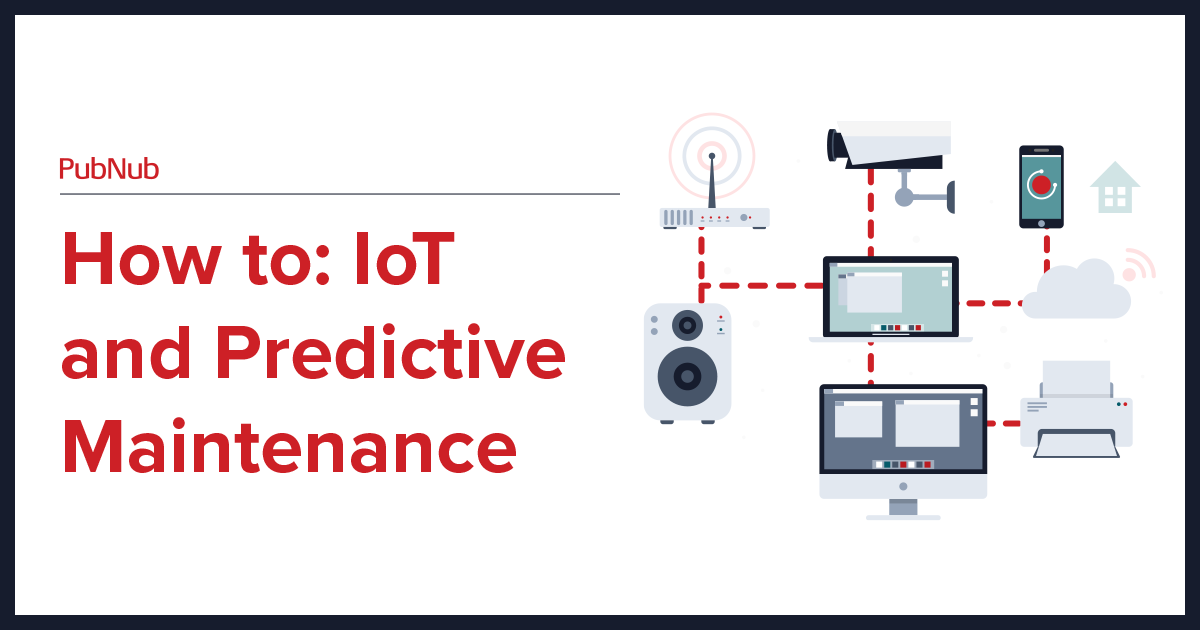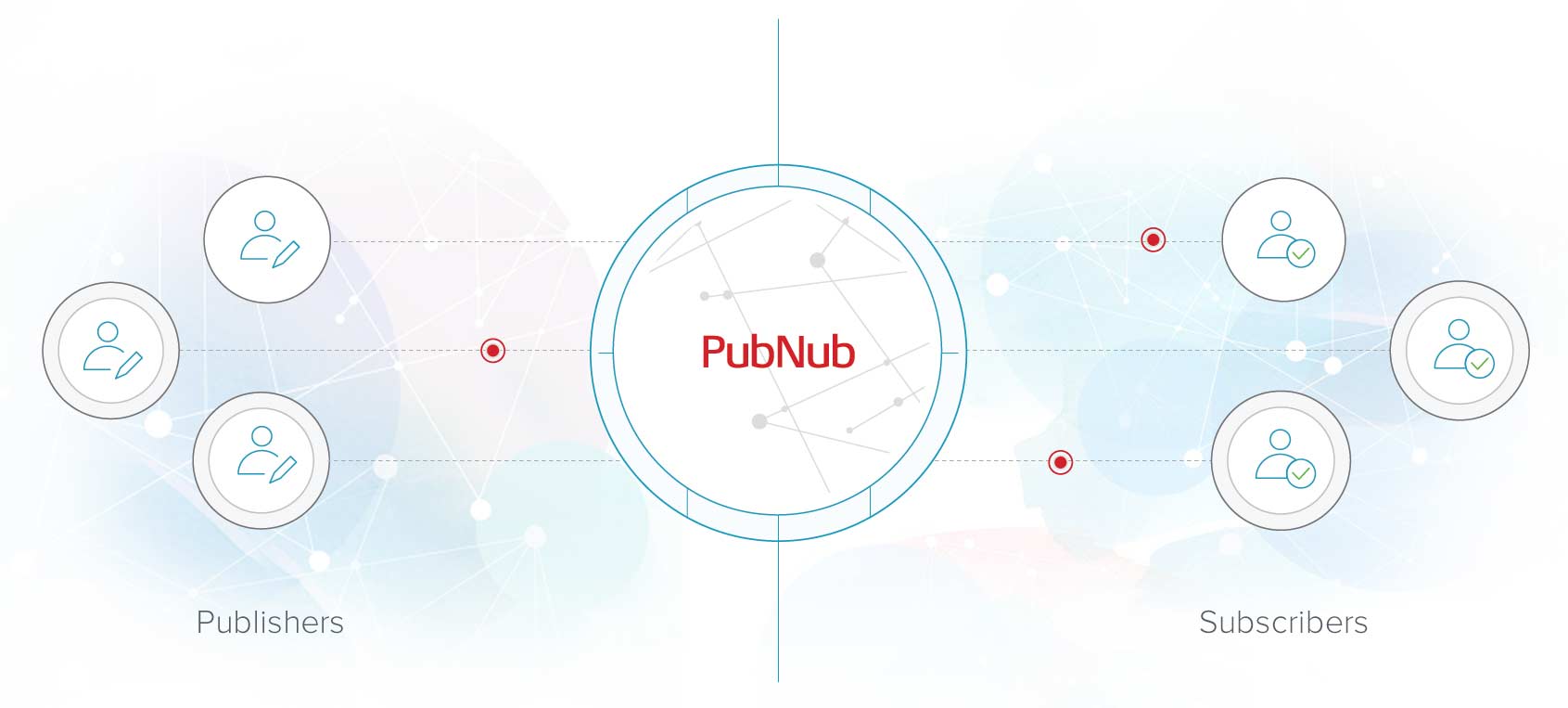Programmable Logic Controllers (PLCs) are widely used in industrial automation for controlling various processes and machines. These controllers are designed to replace traditional relay-based control systems with a modern, digital solution. Ladder Logic is a graphical programming language used to program PLCs. It is one of the most popular programming languages used in industrial automation due to its simplicity and ease of use.
What is Ladder Logic?
Ladder Logic is a visual programming language that resembles the rungs of a ladder. It is a simple and intuitive language that uses graphical symbols to represent various functions and operations. Ladder Logic is based on the principles of relay logic, which is the foundation of traditional control systems. It’s an alternative to plc programming languages.
The ladder diagram is the primary graphical representation used in Ladder Logic programming. It consists of vertical rails representing the power source and horizontal rungs representing the control circuits. The control circuits comprise various components such as timers, relays, and switches. These components are connected to form the ladder diagram.
Ladder Logic Programming
Ladder programming involves creating a ladder logic diagram that represents the machine's control system or process being controlled. The programmer must first understand the system's operation and then create a ladder diagram that illustrates the system's control logic.
The ladder diagram is created using various symbols. Each symbol represents a specific function or operation. For example, a normally open contact symbol represents an open switch in its normal state and closed when activated. A normally closed contact symbol represents a switch that is closed in its normal state and opens when activated.
The symbols used in Ladder Logic programming are standardized, making it easy for programmers to create and read ladder diagrams. This standardization also makes it easy for different programmers to work on the same project.
Ladder Logic Instructions
PLC ladder logic instructions are the basic building blocks of a ladder logic program. They are used to perform specific tasks such as turning a motor on or off, setting a timer, or controlling valve operation.
Some of the most common ladder logic instructions include:
Output (O): Sets an output to a specific state, such as turning a motor or other output device on or off.
Input (I): Reads the state of an input, such as a push button, analog device, or sensor.
Timer (T): Sets a timer to delay the execution of the next instruction.
Counter (C): Counts the number of times an input condition is met.
Compare (CMP): Compares two values and sets an output based on the result.
Jump (JMP): Jumps to a specific rung in the program.
Benefits of Ladder Logic
Ladder Logic has many benefits, making it a popular programming language in industrial automation. These benefits include:
Graphical Representation: Ladder Logic uses a graphical representation that is easy to understand and read. This makes it easier for programmers to create and modify ladder diagrams.
Simplicity: Ladder Logic is a simple language that is easy to learn and use. It creates control circuits using basic logic functions such as AND, OR, and NOT.
Reliability: Ladder Logic is a reliable language used in industrial automation for many years. It is a proven technology that has been extensively tested and refined.
Flexibility: Ladder Logic can control a wide range of processes and machines. It’s used for basic Ladder Logic on/off control circuits and more complex control systems.
Standardization: Ladder Logic is a standardized language, meaning different programmers can work on the same project without confusion or errors.
Applications of Ladder Logic
Ladder Logic is used in a wide range of real-world industrial applications, including:
Process Control: Ladder Logic controls processes such as temperature, pressure, and flow.
Machine Control: Ladder Logic controls machines such as conveyor systems, packaging machines, and assembly lines.
Building Automation: Ladder Logic controls building automation systems such as heating, ventilation, and air conditioning (HVAC) systems.
Industrial Control: Ladder Logic is used in various industrial control applications such as power distribution systems, motor control, and lighting control.

